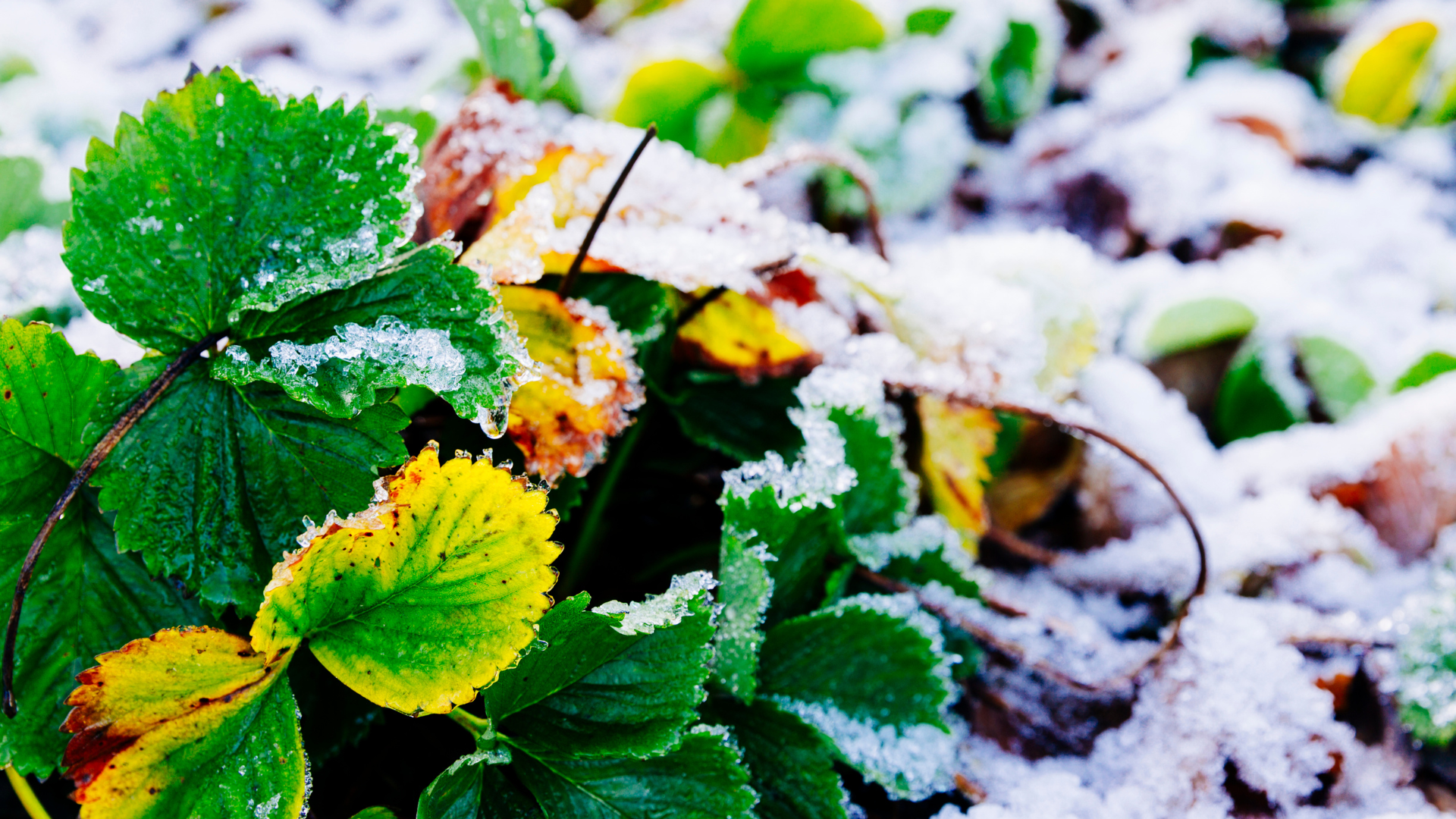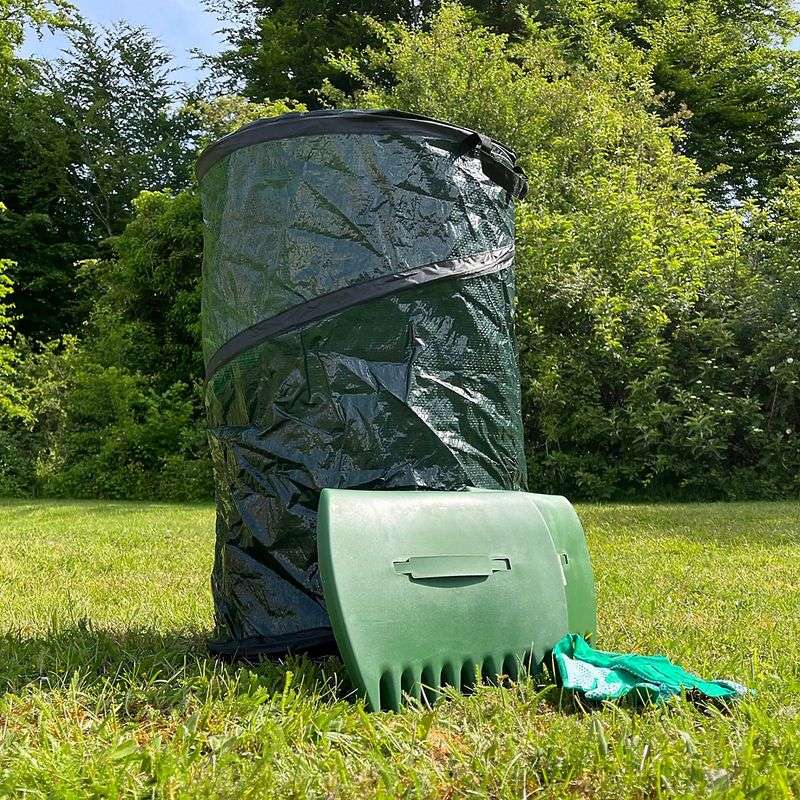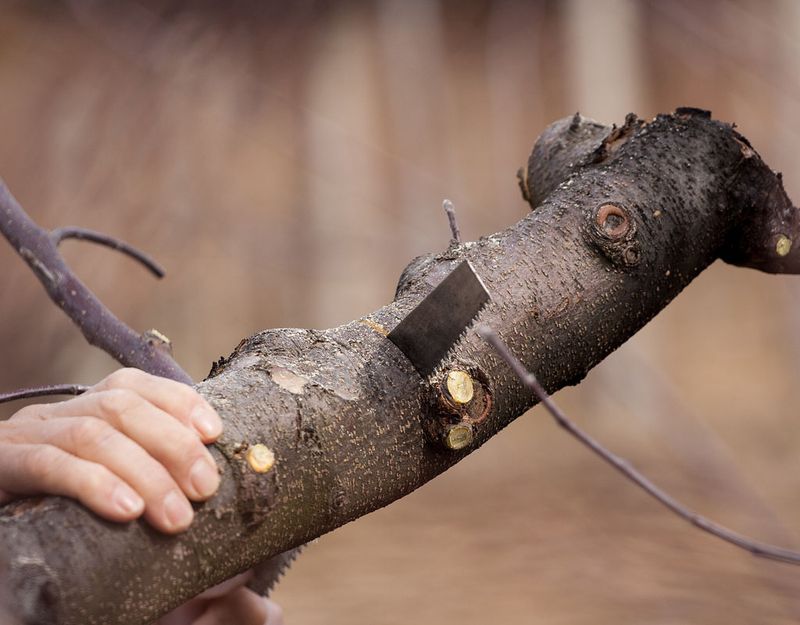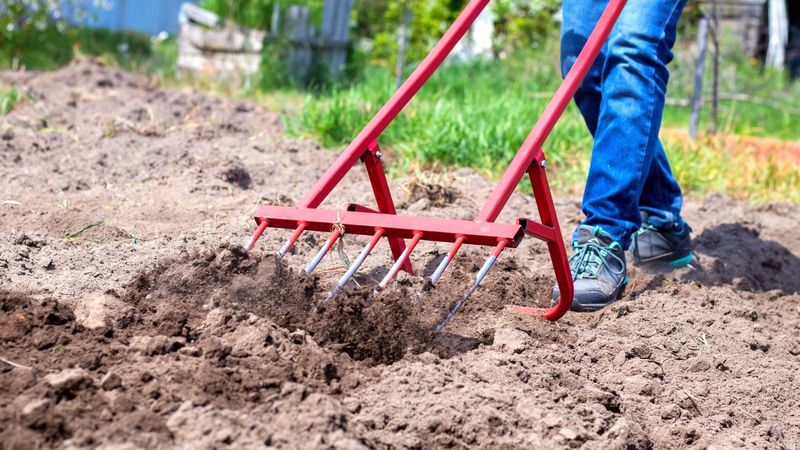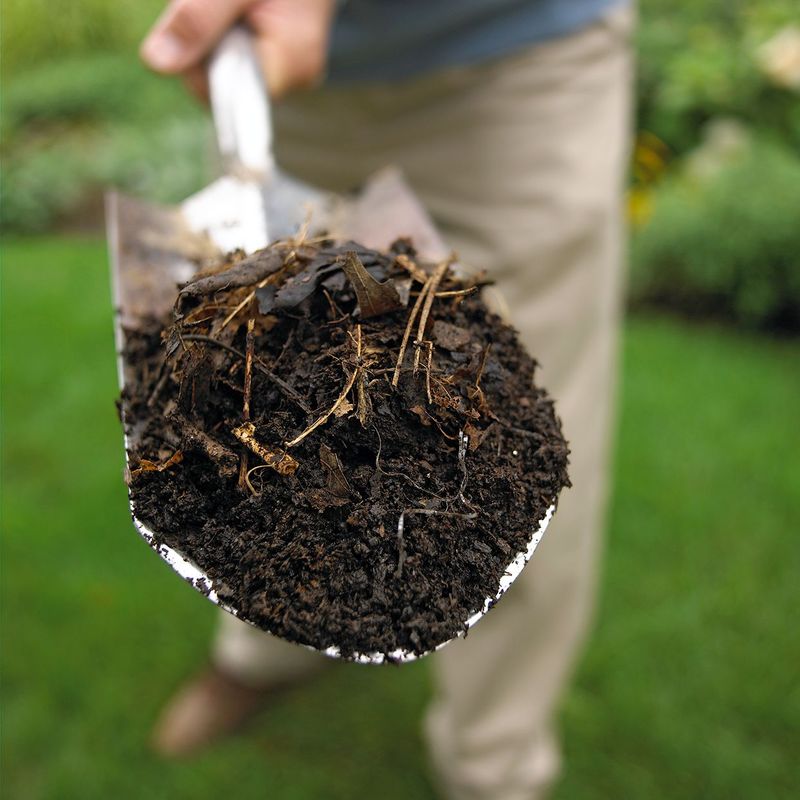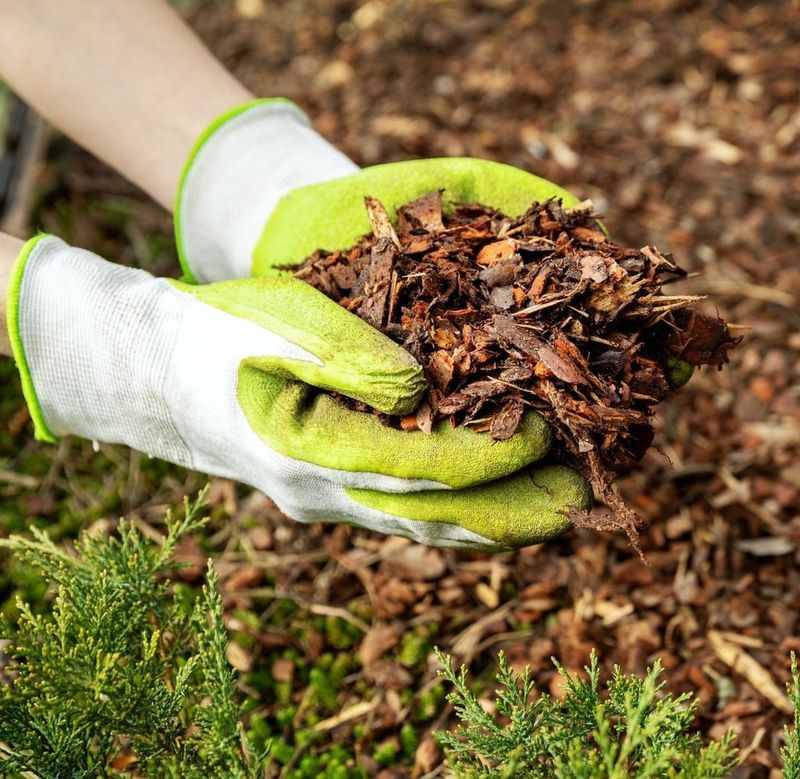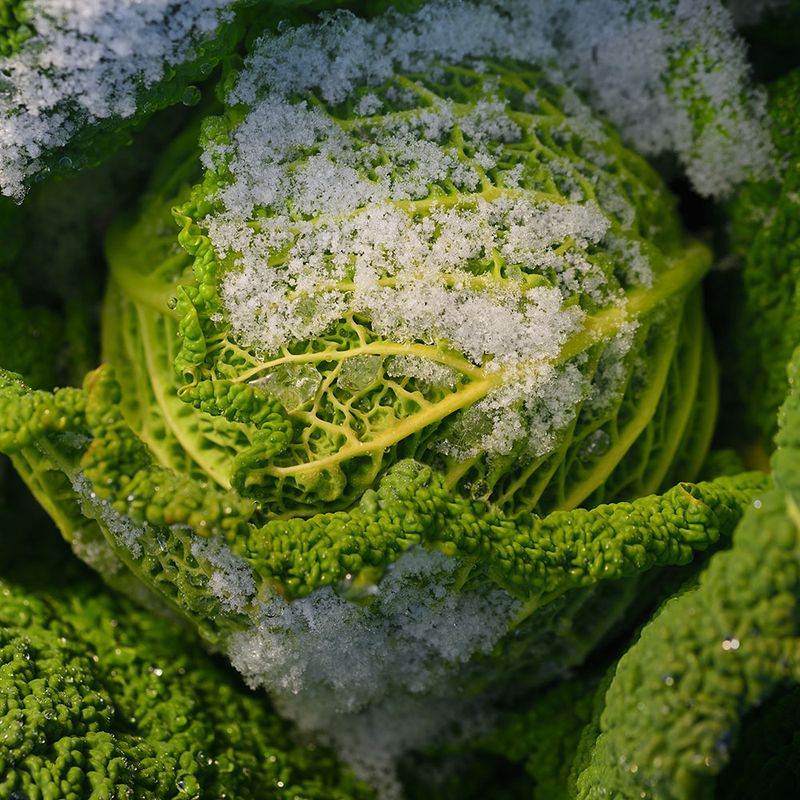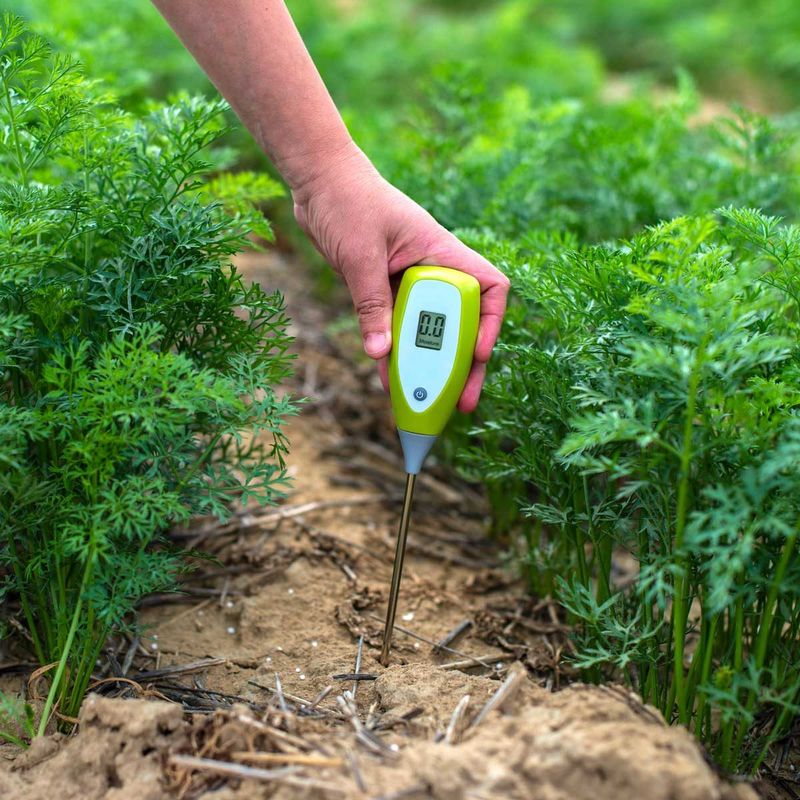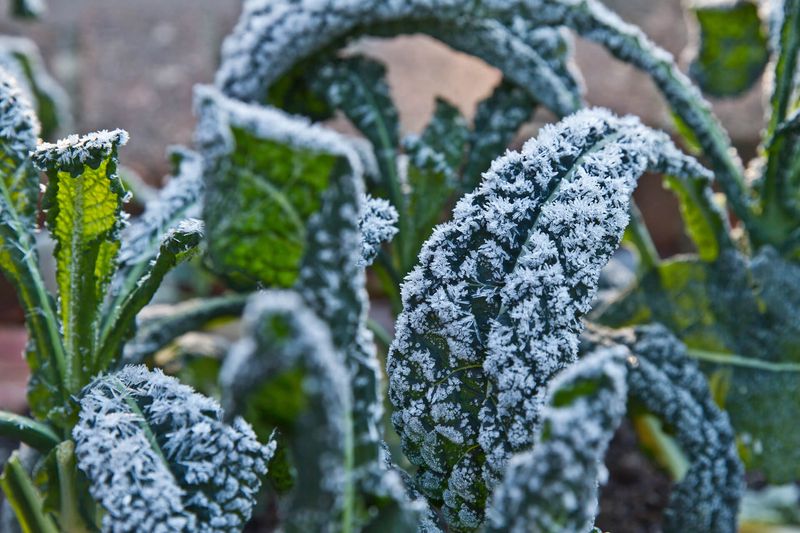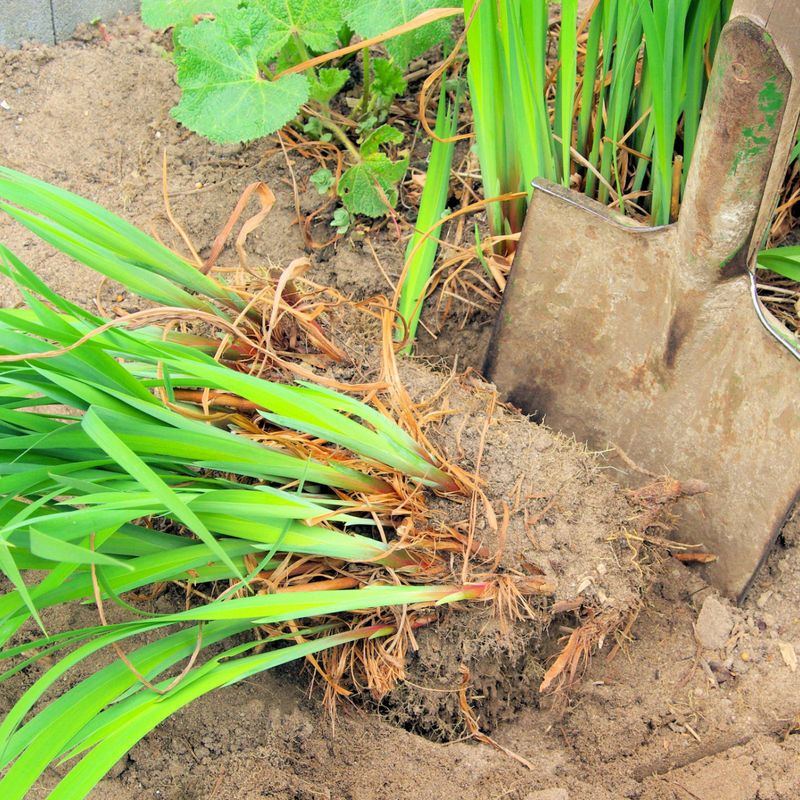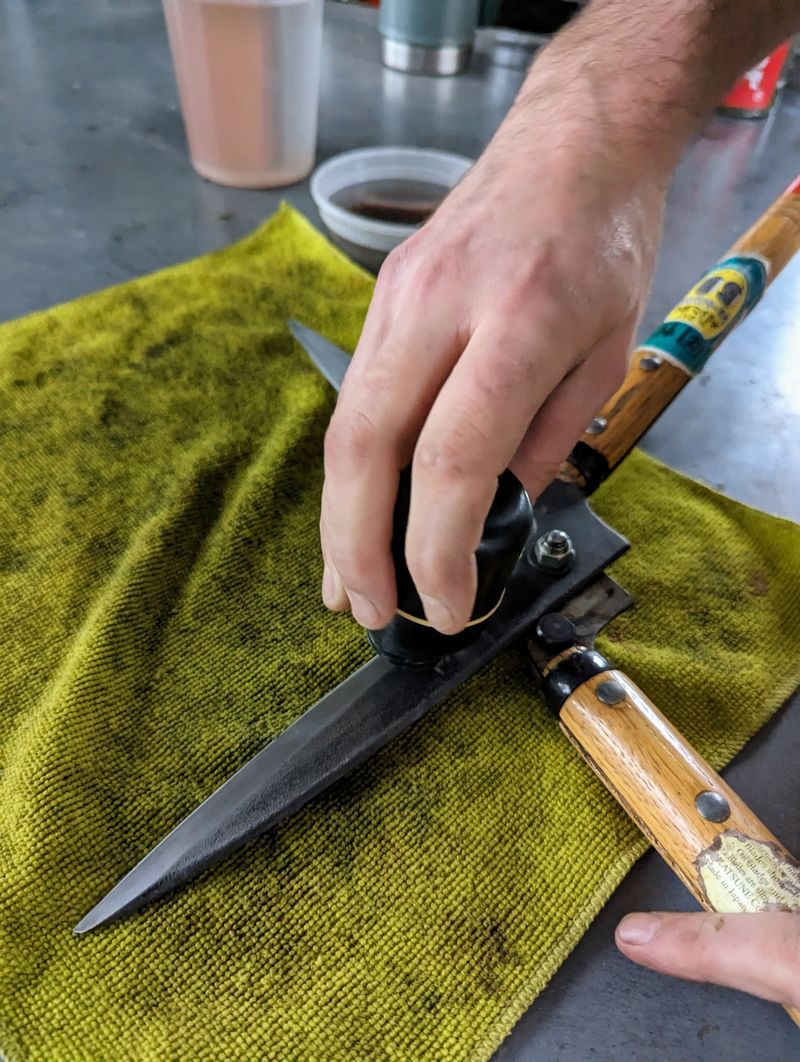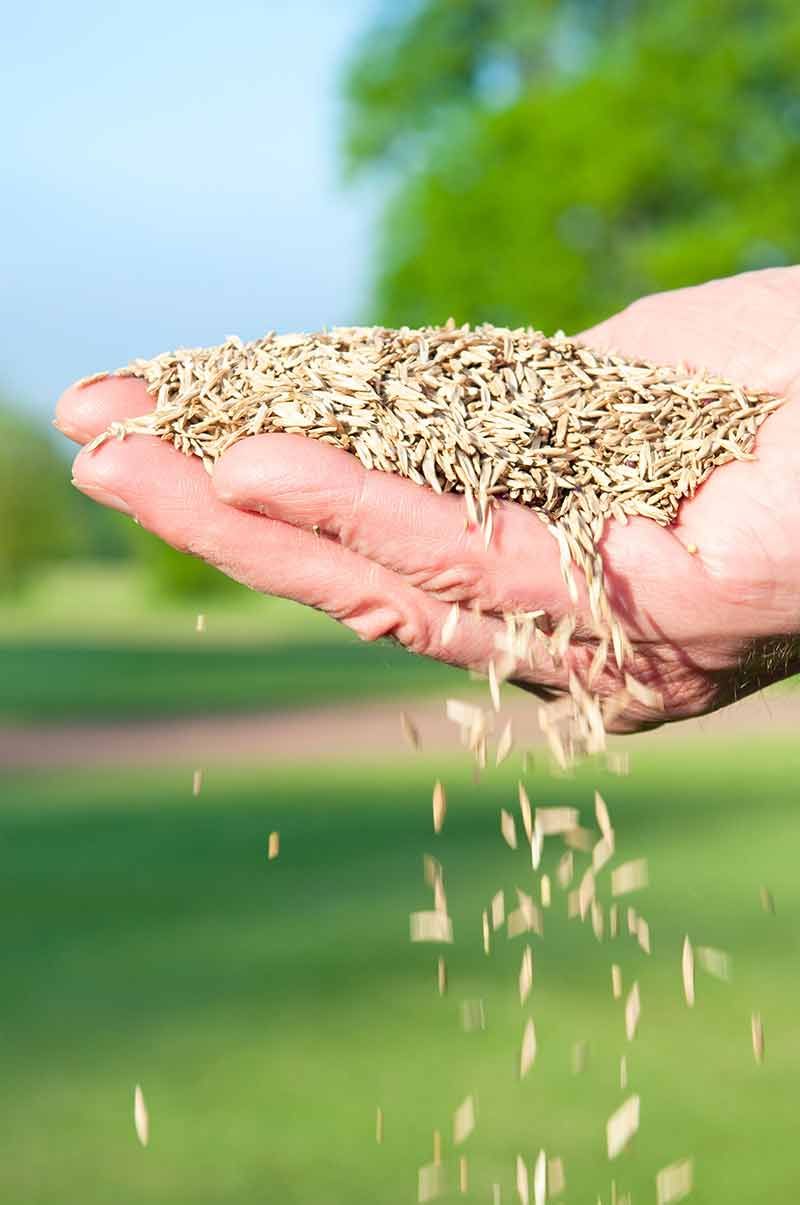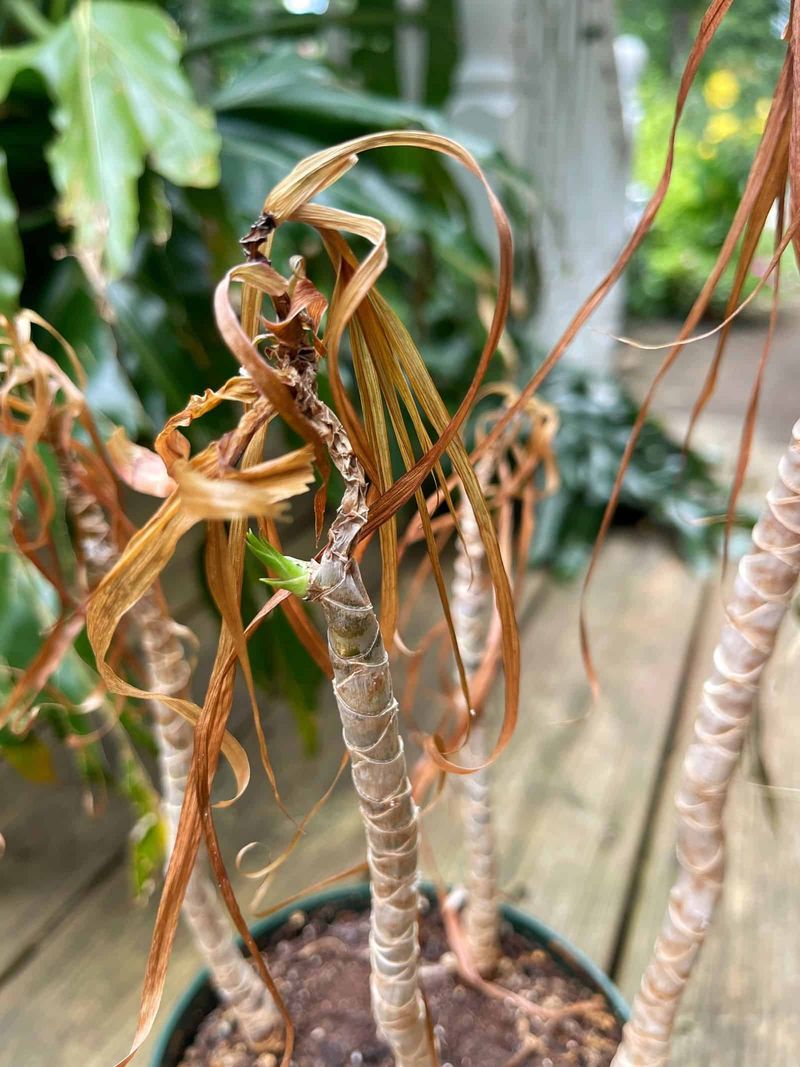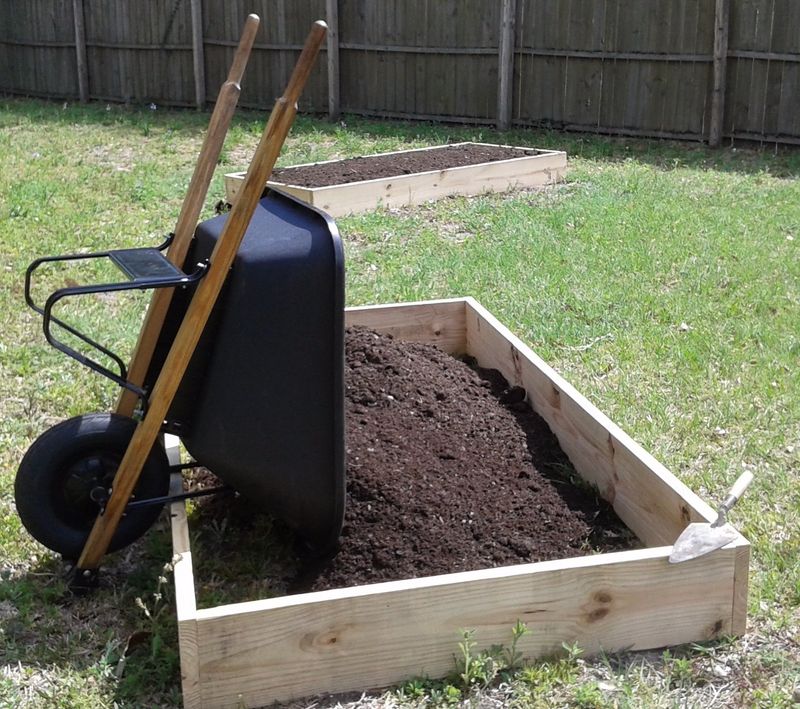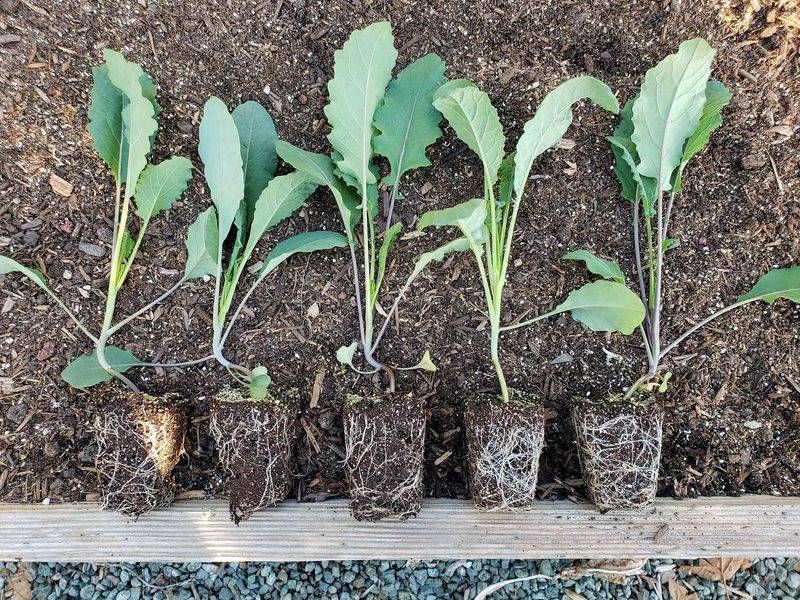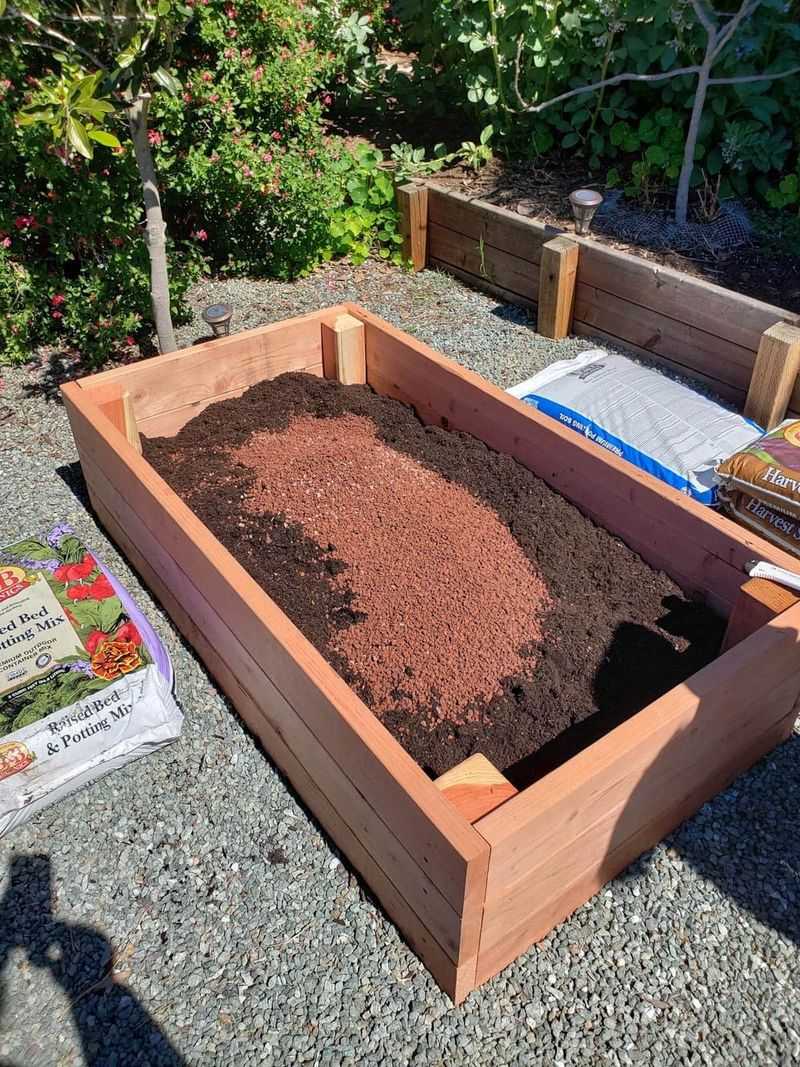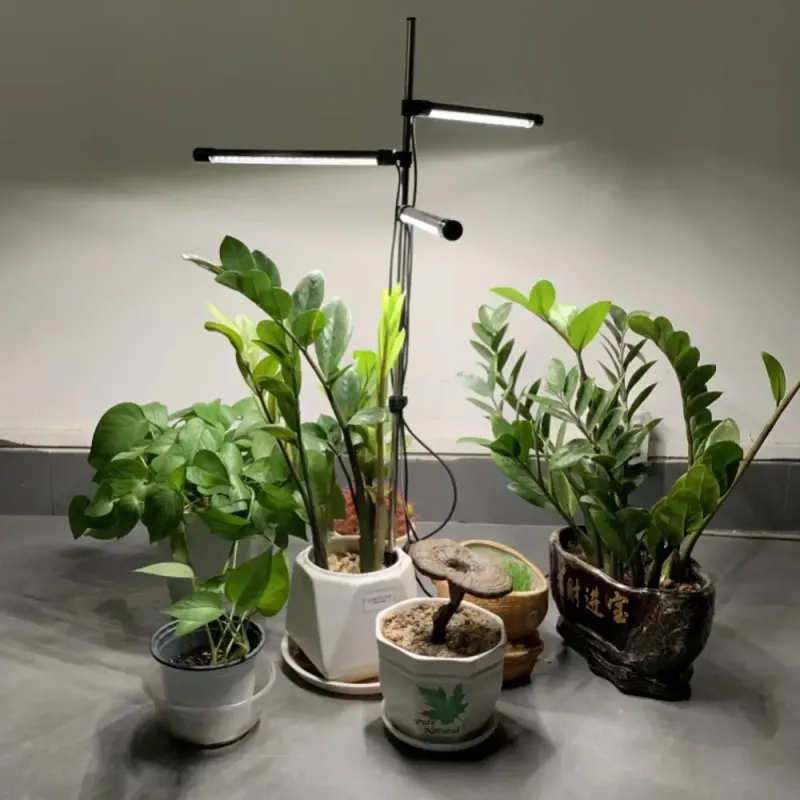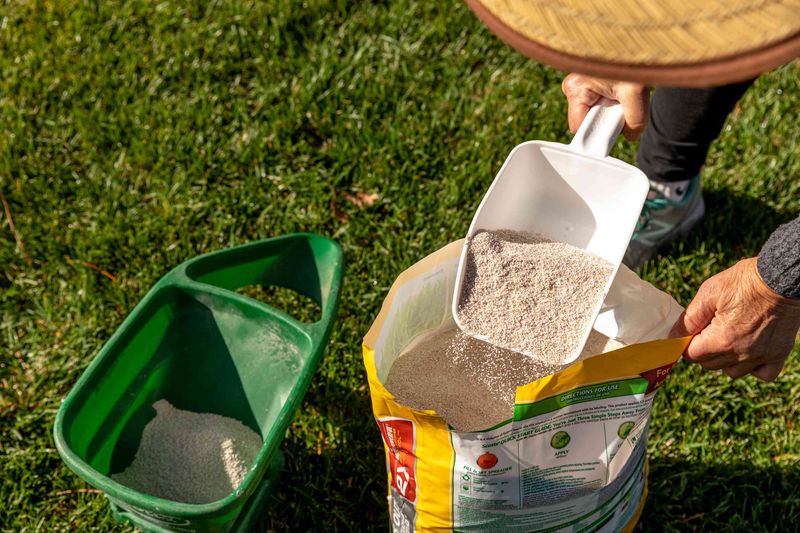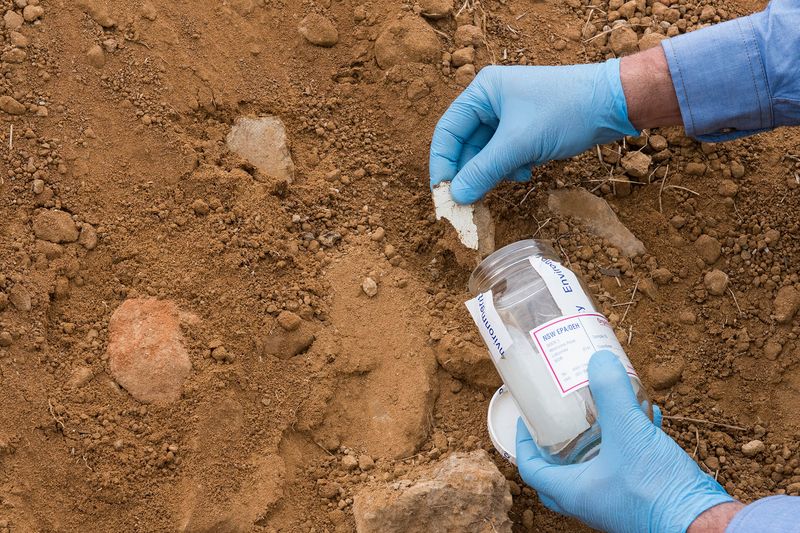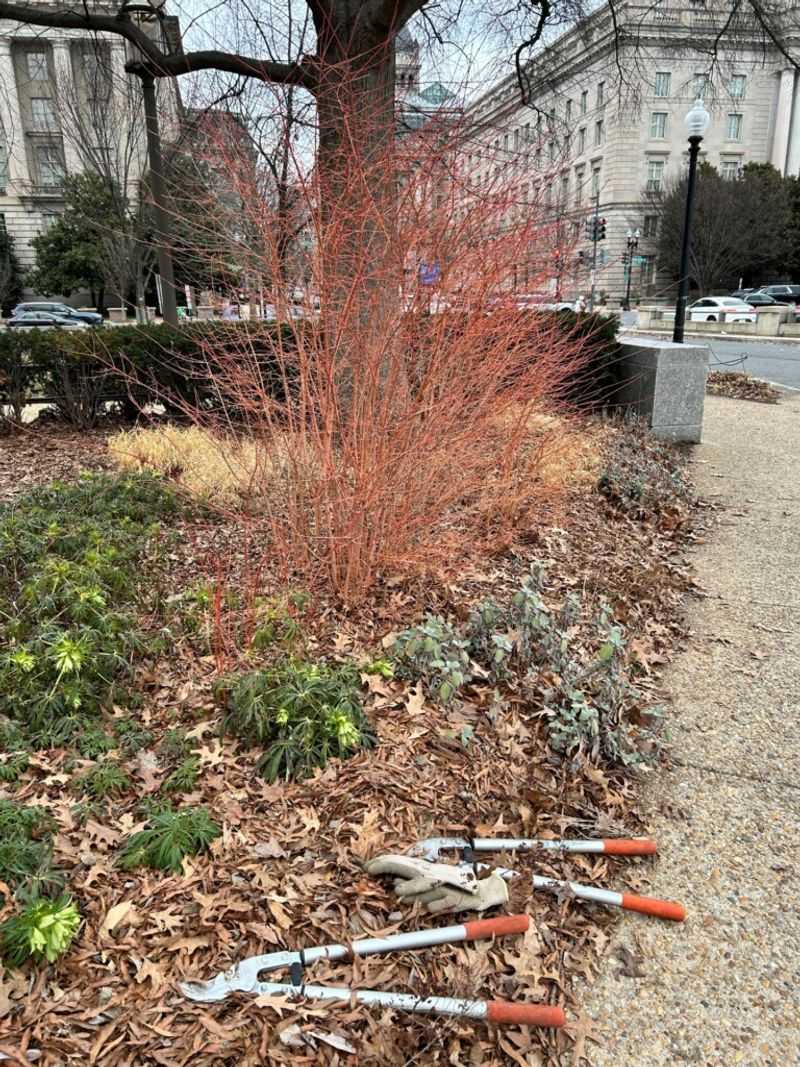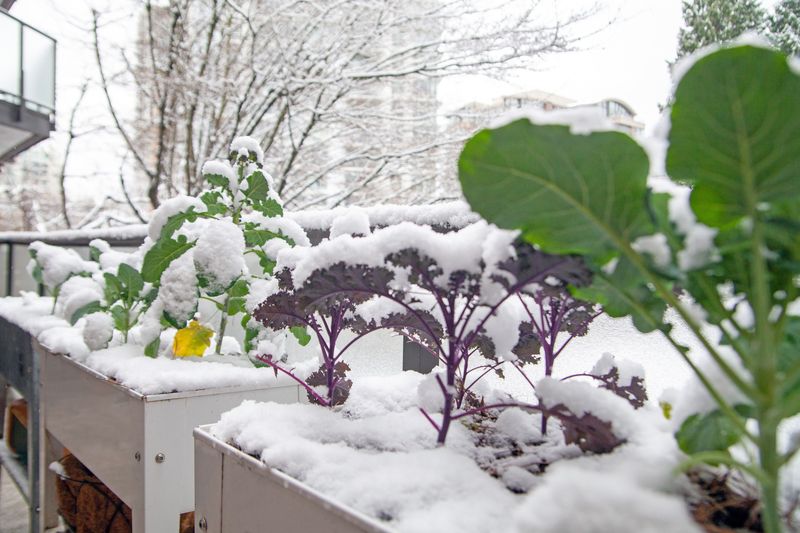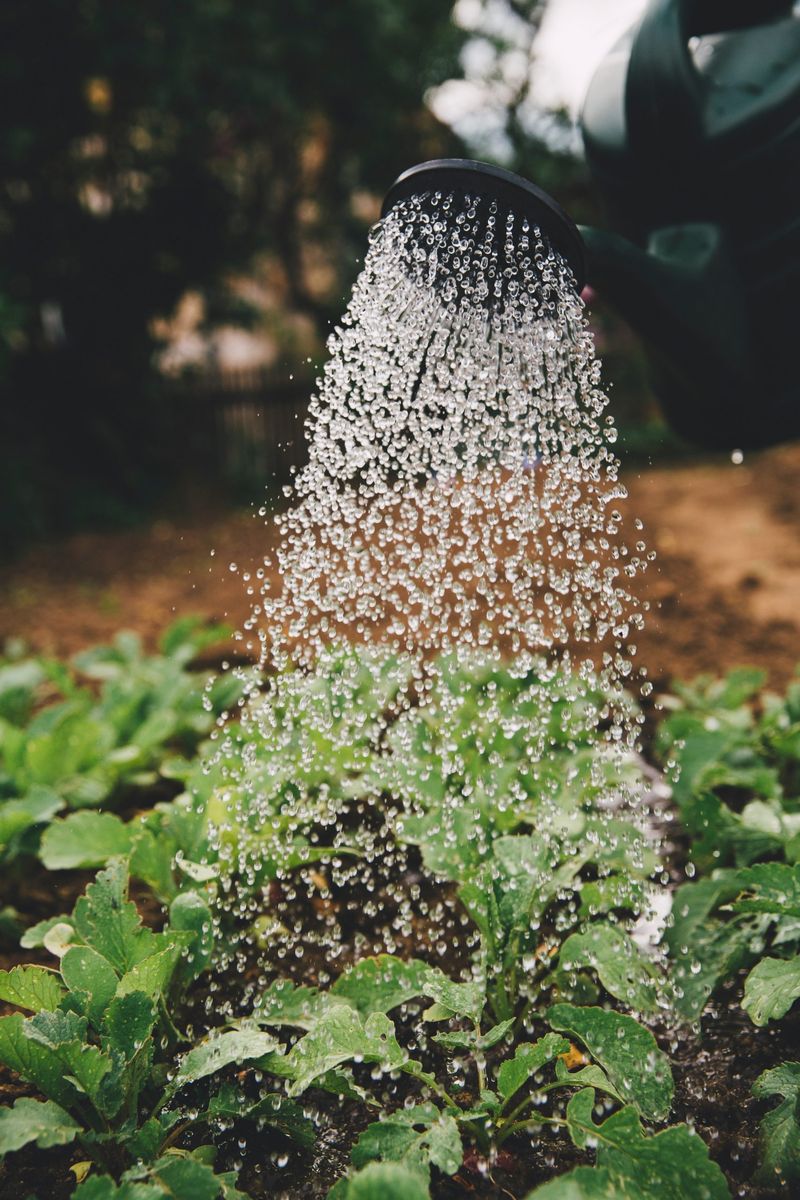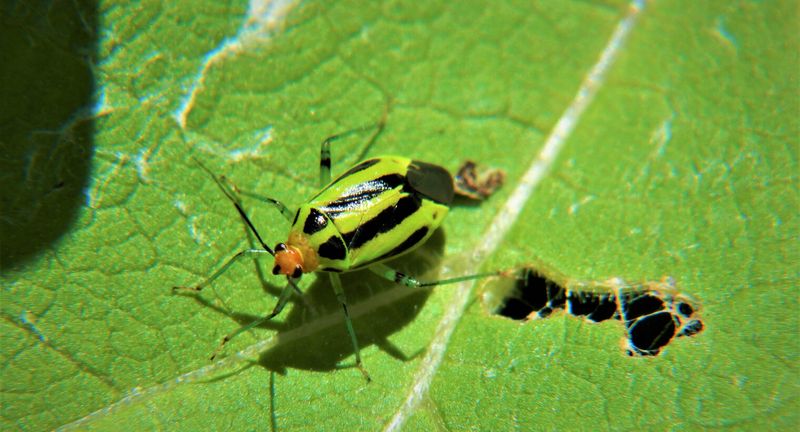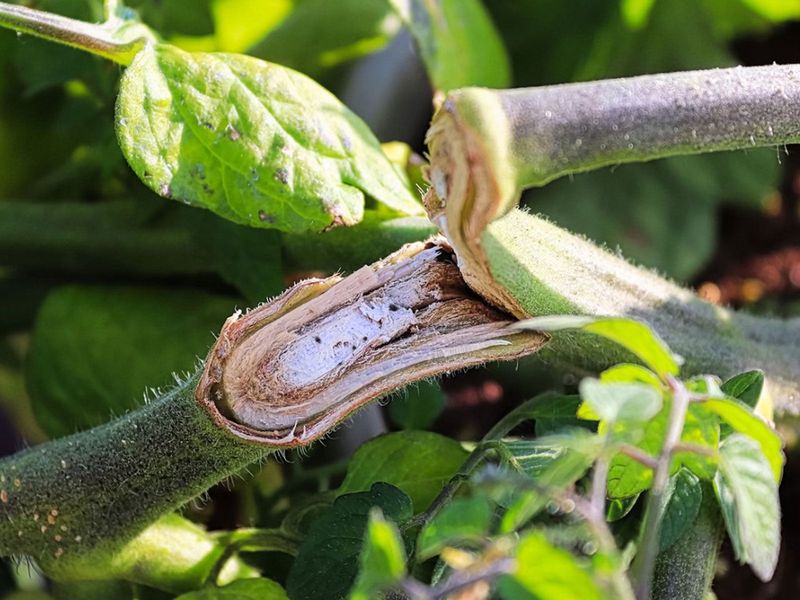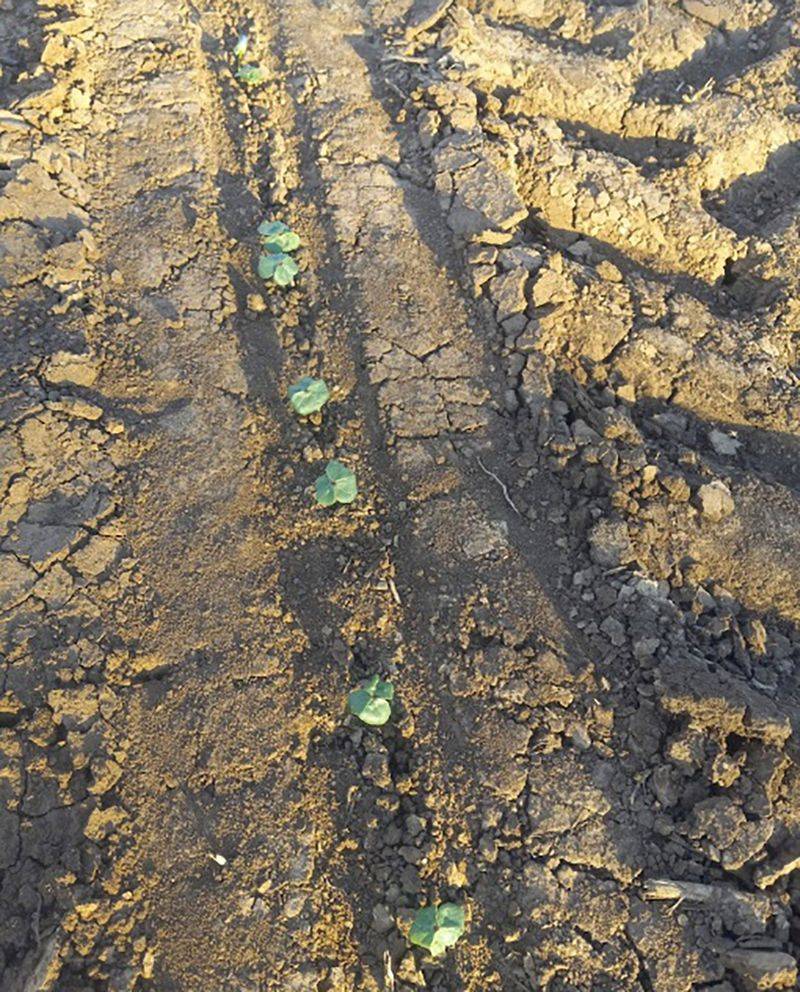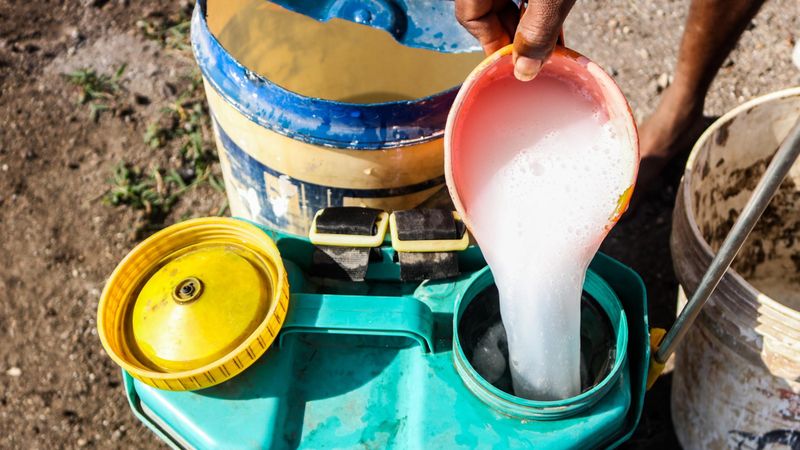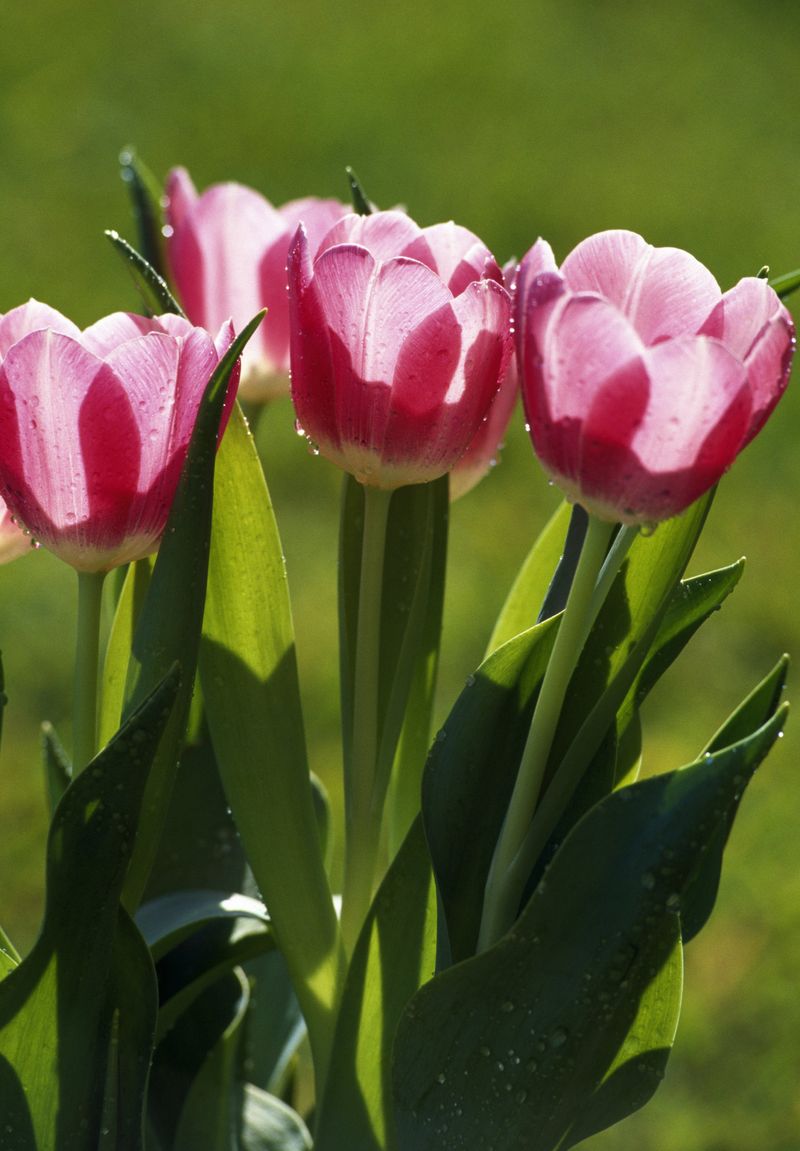Reviving your garden after winter isn’t just about the plants, but about breathing life back into your entire outdoor space. Trust me, I’ve made my fair share of mistakes along the way!
Like the time I planted too early and the frost had a surprise for my new seedlings. Who knew Mother Nature had such a wicked sense of humor? But once you get the timing right, the magic happens.
From refreshing the soil to trimming back that unruly growth, there are simple ways to avoid common pitfalls and give your garden a fresh start.
1. Clean up garden debris
After winter, a garden can resemble a battlefield. Leaves, sticks, and debris seem to manifest out of nowhere.
Clearing them away not only makes your space look neat but also prevents pests from setting up shop. Debris can harbor bugs that love to munch on plants.
Find a sturdy rake and a good pair of gloves essential. Let’s not forget the satisfaction of seeing a tidy garden bed. Cleaning up is a bit like starting with a blank canvas.
2. Prune dead or damaged branches
Chopping off the old to make way for the new! Pruning those tired, dead branches can feel like giving your plants a fresh haircut.
Not only does it improve their appearance, but it encourages new growth. Dead branches can drain energy from the plant, so snipping them away is like a breath of fresh air.
It’s surprising how a little trim can make such a difference. Plus, it’s a great way to spend time outdoors on a sunny day.
3. Aerate the soil
Who knew soil could get cramped! Aerating the soil is like giving roots some breathing room. Compacted soil can hinder water and nutrients from reaching the plants.
By poking some holes into it, you’re making life a bit easier for those roots. I often wonder if the soil appreciates the attention.
Aerating can be strangely satisfying, especially when you see the difference it makes over time. So, grab that aerator and start poking!
4. Add compost to enrich the soil
Compost is the cool kid on the block! Adding it to your garden beds is like handing your plants a nutrient-packed smoothie.
It enriches the soil, making it more fertile. It’s astonishing how much a bit of decomposed organic matter can transform your garden.
The smell might not be for everyone, but the results are undeniable. Think of it as a secret ingredient to a flourishing garden.
5. Apply mulch to retain moisture
Mulch is like the cheat code for the garden! It’s like a cozy blanket for your soil, keeping it moist and temperature stable.
Mulch not only conserves water but also suppresses weeds. It’s like having a trusty sidekick in your gardening journey.
Who knew wood chips could be so classy? The best part? Your plants will love the consistent moisture level. Truly a win-win situation!
6. Water deeply and evenly
Ever wonder if plants get thirsty? A good, deep drink can make all the difference. Watering deeply ensures the roots get the hydration they need to flourish. It’s more effective than frequent, shallow watering.
Plus, who doesn’t enjoy a serene moment in the garden, hose in hand? Let the water flow and watch your garden come to life with each droplet.
7. Check for frost damage
Winter can be a brute, leaving frostbitten plants in its wake. Checking for frost damage is crucial to identify what needs a little extra care. Leaves might be discolored or branches brittle.
Addressing these issues early can save a plant. It’s like playing doctor in the garden. Who knew gardening had a touch of mystery-solving? Keep an eye out and give your plants a fighting chance.
8. Test soil pH and amend if needed
Ever thought about soil’s personality? Testing its pH reveals its quirks. Some plants are picky about the pH level of their home. A simple test can point out if your soil is too acidic or alkaline.
Amending soil pH is like giving your plants a comfy home. It’s a small step that makes a big difference. Isn’t it cool to think the soil has preferences too?
9. Plant cool-season crops
There’s a special thrill in planting early. Cool-season crops like peas and spinach can handle a bit of chill. I love the idea of getting a head start on the growing season. It’s almost like cheating winter’s grip.
Early planting can give you a bountiful harvest before summer heat kicks in. There’s something fancy about fresh greens in early spring. Watching them grow while the air is still crisp is a reward in itself. What a classy move!
10. Fertilize with slow-release nutrients
Slow and steady wins the race! Using slow-release fertilizers ensures a consistent supply of nutrients. It’s like putting your plants on a healthy diet plan.
A little sprinkle goes a long way. Who would have thought gardening had so much strategy involved?
Trust in the process and watch your garden flourish over time. It’s the perfect way to keep things balanced and classy.
11. Divide overgrown perennials
Ever feel like your plants are taking over? Dividing perennials can feel like taming a jungle. It’s a way to manage growth and promote healthier plants.
Not only does it prevent overcrowding, but it also gives you more plants to share or expand your garden.
It’s astonishing how dividing one plant leads to many. It’s like multiplying the joy in your garden. Truly a gardener’s delight!
12. Inspect garden tools and sharpen
Rusty tools, be gone! Sharpening your garden tools is like prepping for battle. Sharp tools make pruning and cutting a breeze, saving time and effort.
It’s like upgrading your garden game. Plus, maintaining tools increases their lifespan. Who knew a little sharpening could make gardening feel so professional?
Keeping tools in top shape is a small task with big rewards. Ready to tackle the garden with confidence?
13. Reseed lawn if needed
Patchy lawns are no fun. Reseeding is like giving your lawn a makeover. A little reseeding can transform a tired lawn into a fancy carpet.
Watching the new grass sprout is oddly satisfying, like a green miracle unfolding. It’s astonishing how a bit of effort leads to a lawn you can proudly show off. Ready to put in the work and see the results?
14. Reintroduce beneficial insects
Beneficial insects like ladybugs and bees can be your garden’s best friend. I enjoy watching them buzz around, doing their thing.
They control pests naturally, reducing the need for chemicals. It’s like having a natural pest control service at your disposal. Plus, they’re fascinating to observe.
Introducing these allies can make your garden healthier and more balanced. Who knew insects could be so classy? Embrace them and let them work their magic.
15. Remove dead plant material
Clearing them out is like decluttering your garden. Have you ever wondered about the impact of leaving dead material around?
Removing it prevents disease and pests from taking hold. It’s like giving your garden a fresh start. Sometimes, I even find hidden treasures while cleaning up.
It’s astonishing how a simple task can make such a difference. Ready to give your garden a new lease on life?
16. Refresh raised beds with new soil
Out with the old, in with the new! Refreshing soil in raised beds is like changing the sheets on your bed. It’s a simple act with a big impact. New soil brings nutrients and vitality back to your garden.
It’s astonishing how fresh soil can rejuvenate tired plants. Plus, it’s a great excuse to get hands-on with your garden. Ready to dig in and see the transformation?
17. Begin transplanting hardy plants
Transplanting hardy plants is like moving furniture around to refresh a room. Hardy plants are tough cookies and handle the move well. It’s like giving them a new spot to shine.
Watching them settle in and start growing is oddly satisfying. Who knew a little rearranging could breathe new life into your garden? Ready to reposition and watch the magic unfold?
18. Add organic matter to garden beds
Organic matter is essential for garden beds, acting as a key factor in enhancing plant health. It improves soil structure and supplies vital nutrients.
The effects are evident as plants show noticeable improvement, often seeming to thrive almost overnight.
Adding organic matter is a straightforward and effective way to support your garden’s growth and give it the best opportunity to flourish.
19. Start sowing seeds indoors
Get a head start indoors! Sowing seeds inside is like starting a project in a cozy environment. It’s like having a sneak peek of what’s to come in your garden.
Early sowing ensures strong plants ready to face the elements. It’s astonishing how a windowsill can become a mini nursery. Ready to nurture the beginnings of your garden indoors?
20. Encourage new growth with proper lighting
Proper lighting is essential for encouraging strong, healthy growth in plants. Providing the right amount of light is crucial for their development.
The impact of light on plant progress is significant, as it can either support or hinder growth. Adjusting the lighting creates the ideal environment for plants to thrive, leading to robust growth and success.
Ensuring the right setup can set the stage for a garden that flourishes.
21. Over-fertilize too early
Patience is key! Over-fertilizing too early can do more harm than good. I’ve heard it’s like overfeeding a child. Plants need time to adjust.
Excess nutrients can lead to weak growth or even harm the plant. It’s astonishing how more isn’t always better. Taking a measured approach ensures steady, healthy growth.
Who knew gardening required such restraint? Ready to hold back and let nature take its course? Sometimes, less truly is more in the garden.
22. Ignore soil testing
Skipping soil testing is like ignoring a recipe’s instructions. The health of the soil is crucial for a thriving garden, and testing reveals what it needs to reach its full potential.
A simple test can uncover important details that can prevent future issues. Neglecting this step may lead to unexpected challenges. Testing the soil ensures your garden has the best foundation for growth.
23. Trim back everything too aggressively
Over-trimming can shock plants and delay their recovery. Excessive cutting stresses them, making it harder for them to bounce back. A bit of restraint in pruning can lead to healthier, more robust growth.
Understanding the needs of your plants helps prevent unnecessary stress and ensures they thrive. Pruning with care and precision encourages the best possible outcome for your garden.
By adopting a thoughtful approach, you can avoid setbacks and allow your plants to flourish with minimal disruption.
24. Plant too early before frost risk has passed
Planting before the frost has passed can be risky. Timing is crucial in gardening, and rushing can lead to disappointment.
Waiting just a little longer can prevent potential setbacks and ensure plants thrive. While the excitement of early planting is tempting, it’s important to be cautious.
Aligning with nature’s rhythm and planting at the right moment avoids frost damage and promotes healthier growth. Cultivating patience and timing your planting carefully helps safeguard your garden’s success.
25. Overwater plants
Too much of a good thing! Overwatering can suffocate plants, leading to root rot. Have you ever overindulged at a buffet?
Plants can feel the same overwhelm. Understanding their water needs prevents this pitfall. It’s astonishing how restraint can make all the difference.
Ready to embrace moderation and watch your garden flourish? Let’s balance the watering and keep our plants in tip-top shape. Sometimes, less really is more in the world of gardening.
26. Skip pest inspections
Neglecting pest inspections can lead to bigger problems. Early detection is essential for managing pests before they cause significant damage.
A careful inspection can prevent major issues down the line. Staying vigilant and proactive is the best defense for maintaining a healthy garden.
Keeping pests in check ensures your plants have the best chance to thrive, preventing unnecessary setbacks. Staying ahead of potential threats is key to a flourishing garden.
27. Leave broken garden structures in place
Broken structures, beware! Leaving them as is can cause more harm than good. Have you ever faced the dilemma of fixing or ignoring?
Unstable structures can damage plants or become hazards. It’s amazing how timely repairs can prevent future headaches. Keeping your garden safe and orderly benefits everyone.
Ready to tackle those broken pieces and restore order? Embrace the handyman spirit and keep our garden’s infrastructure solid and dependable.
28. Compaction of soil after a wet winter
Compacted soil can suffocate roots, especially after a wet winter, hindering plant growth. Loosening the soil allows roots to breathe and better absorb nutrients.
Simple aeration can work wonders, revitalizing the garden. Recognizing the need for this step is essential for a healthy growth.
Giving your garden the space it needs to thrive opens the door to stronger plants and better yields. Breaking free from soil compaction is a crucial step toward ensuring a flourishing garden.
29. Use chemical pesticides too early
Using chemical pesticides too early can harm beneficial insects and disrupt the ecosystem. Patience is key to avoiding unnecessary damage.
A bit of restraint can protect the garden’s natural balance and promote healthier growth. Exploring natural alternatives to pest control offers effective solutions without the risks.
Striking the right balance ensures a healthy garden while safeguarding the environment. Thoughtfully choosing pest control methods helps maintain harmony, allowing nature to thrive.
30. Disregard the timing for dividing perennials
Timing is crucial when dividing perennials, as doing so at the wrong time can stress the plants. Respecting nature’s cycle ensures successful growth and recovery.
Proper timing allows plants to bounce back and thrive. Planning ahead and aligning with the right season makes all the difference.
By following nature’s rhythm, you give your perennials the best chance to flourish. Knowing when to divide is key to a healthy garden.

